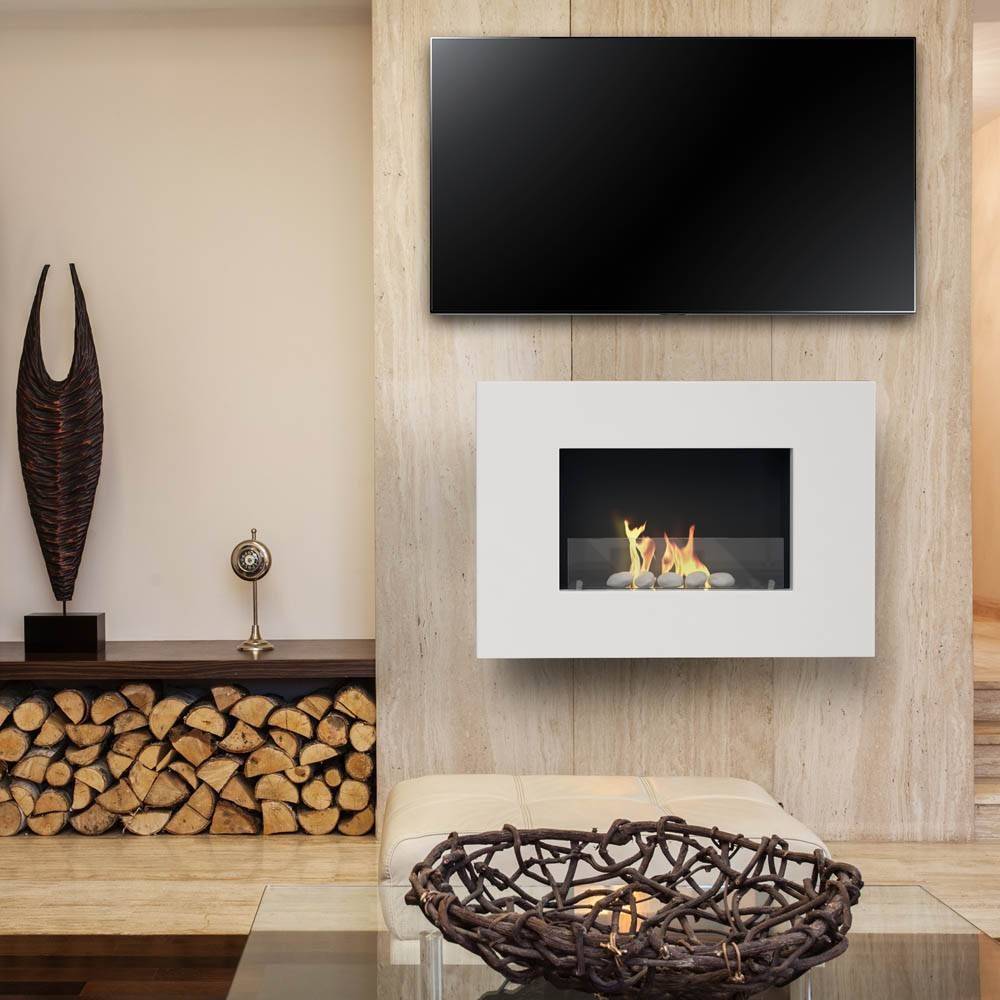
Bioethanol or Electric Fireplaces: Which One is Right For You?

10% off on our Bioethanol Fireplaces. Subscribe Today!
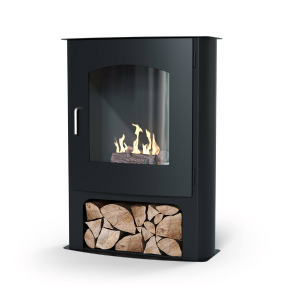
As the cold nights start to draw in, you might be wondering how to keep your home as warm and toasty as possible.
Two heating options available to you are electric fireplaces and bioethanol fireplaces, sometimes referred to as biofires.
But which one should you choose? In this article, we’ll compare bioethanol to electric fireplaces and see which comes out on top.
Bioethanol Fireplaces: Pros and Cons
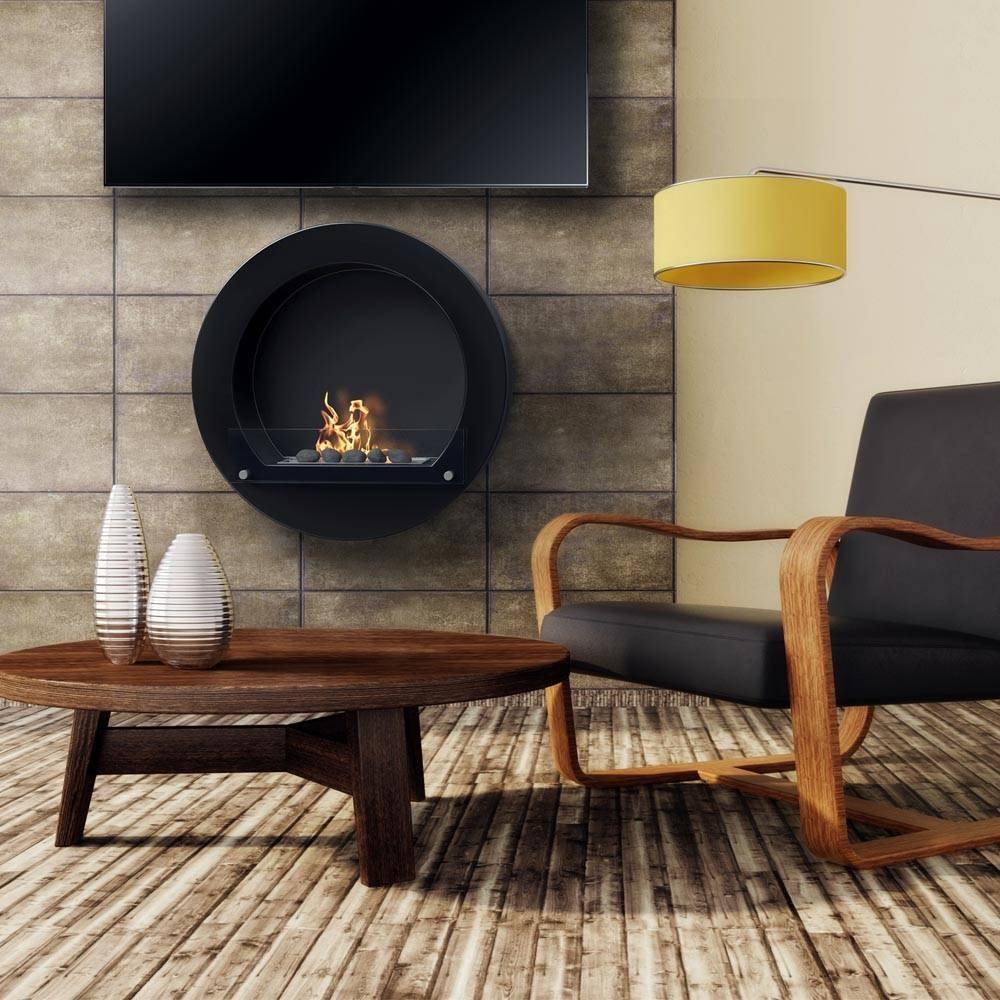
A bioethanol fireplace runs on eco-friendly, plant-based bioethanol, making it a fantastic option for homes of all shapes and sizes! Here are some of the advantages of bioethanol fireplaces.
The Pros of Bioethanol Fireplaces
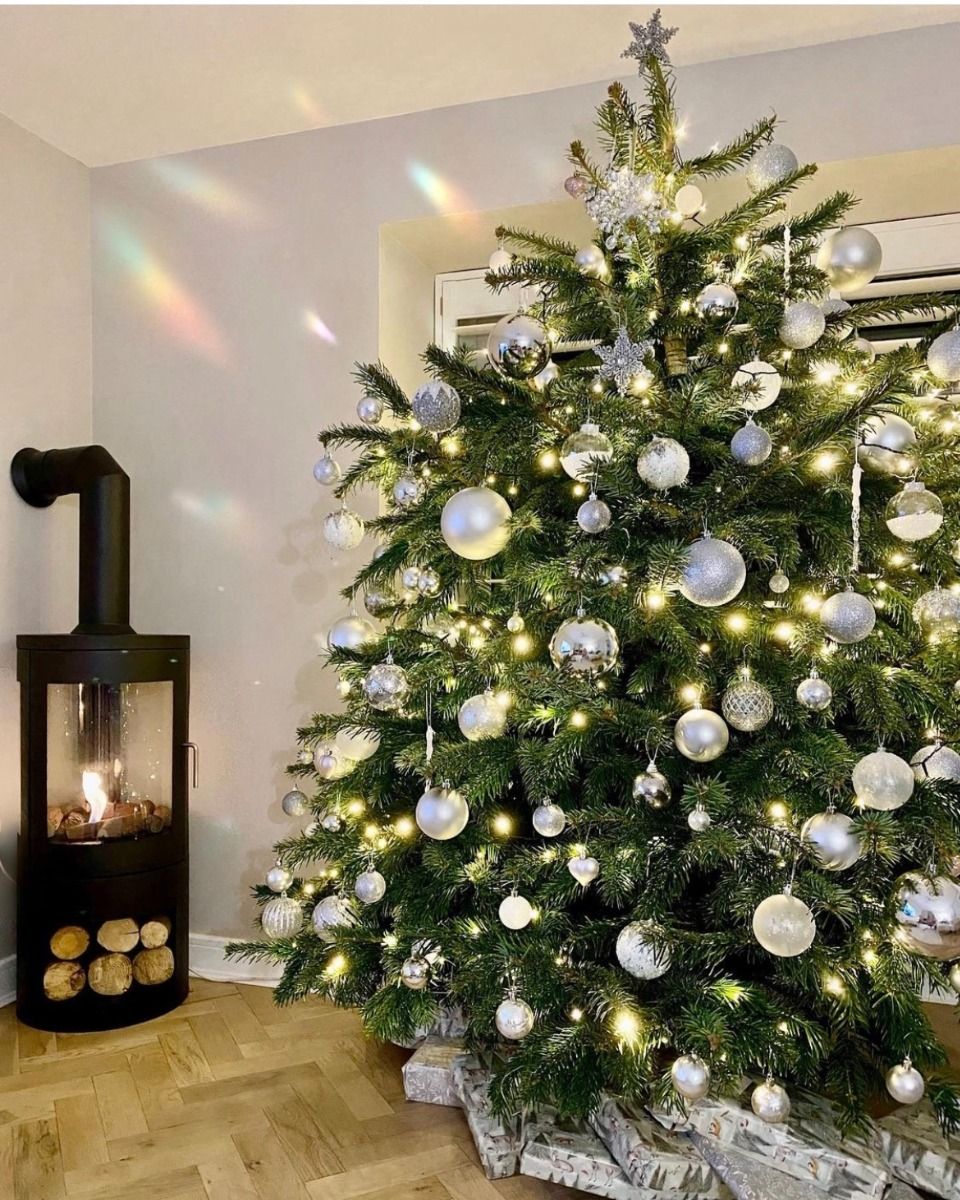
Clean burning
Bioethanol is a clean burning fuel – the only by-products are steam, heat, and a small amount of carbon dioxide – about the same as burning a few candles.
This means that a biofire is an eco-friendly way to heat your home, with no smoke, ash, or unpleasant smells.
Produces a real (and safe) flame
Bioethanol produces real flames. This makes it a perfect option for people who want an authentic fire source for any room in their home, without the smell of smoke on their furniture or clothes!
A bioethanol fireplace stays safe too. At Imaginfires, we test all our bioethanol fireplaces to comply with BS EN 16647. They also come with a ‘no-spill’ fuel box, meaning the biofuel is quickly absorbed, and there is less risk of biofuel spilling out if the fireplace is accidentally knocked.
Easy installation and low maintenance
As bioethanol fires don’t produce harmful by-products, you don’t need a chimney or flue in place. This means you can easily install a bioethanol fire in any room of your home without needing to call on an engineer or installer.
(Although if you do want visitors to think you have a wood-burning fire, you can buy a false flue that snaps into place via some strategically placed magnets!)
Bioethanol fires are easy to use and are low maintenance. Squeeze your fuel into the burner box, light it, and you’re good to go. No spills, no cleaning, and very little maintenance.
Fully-portable
As you don’t need a chimney or flue for your biofire, it’s easy to pick up and move to another area of your home. You can even put it in your garden for heat on a chilly evening!
The Cons of Bioethanol Fireplaces
The main disadvantage of bioethanol fires is that they don’t produce as much heat as log-burning fires or gas fires. A log-burning fire has an average heat output of 5 to 8 kilowatts per hour or kWh. Conversely, a bioethanol fire has a heat output of 3kWh.

What does this mean?
It means that while a bioethanol fire isn’t the ideal solution for relying on as the sole heating source for your entire home, it’s still perfect for providing lots of lovely heat to a room. Plus, all bioethanol fires come with an adjustable slider so you can heat your room to your specific requirements.
A bioethanol fire still generates more heat than an electric fire. An electric fire has a lower heat output of 2kWh, meaning you won’t get as much warmth.
Electric Fireplaces: Pros and Cons
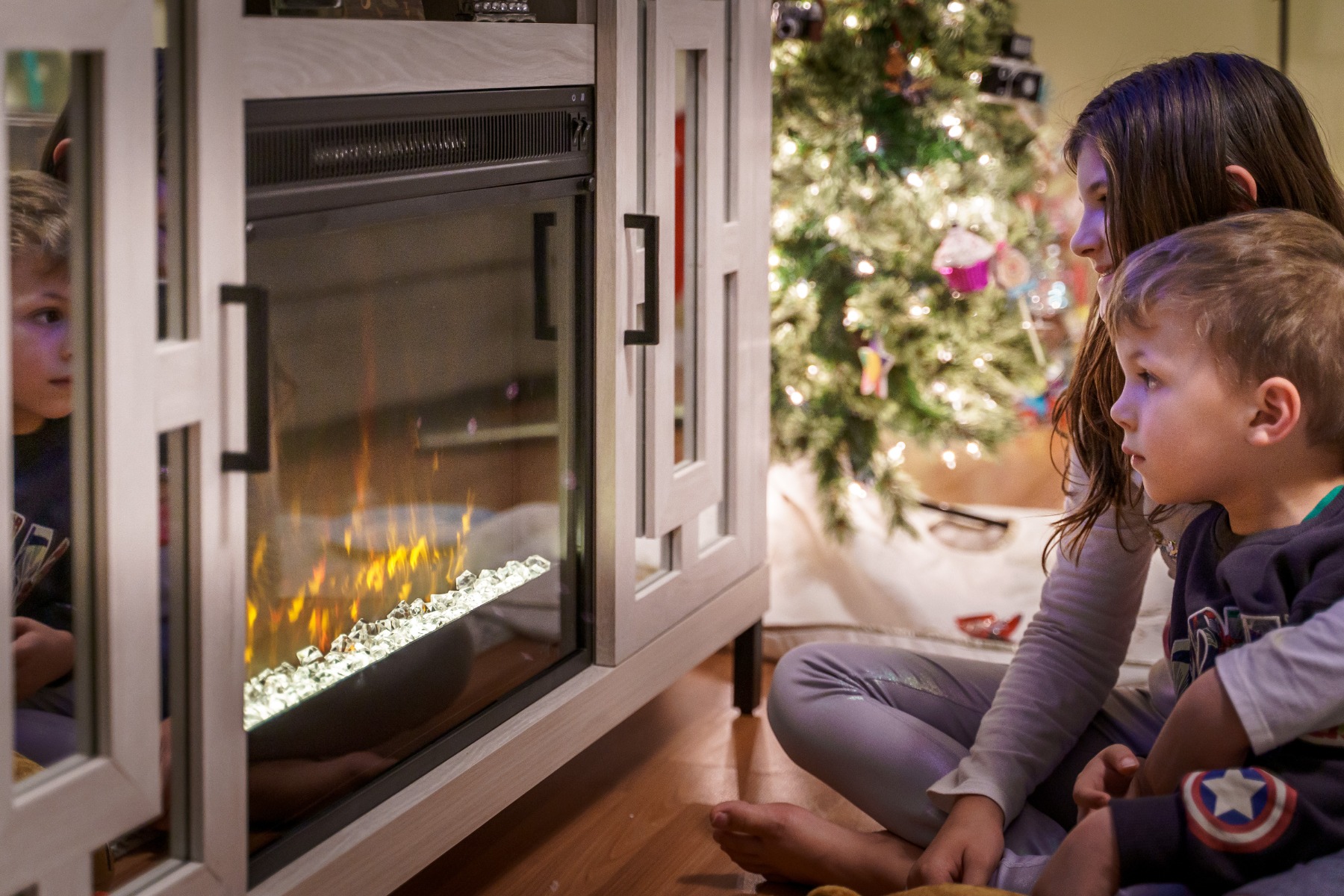
Electric fireplaces have been around for decades. Over time, they’ve got smaller and more realistic, making them an affordable way to heat homes without fuel.
Let’s carry on our comparison of bioethanol to electric fireplaces and look at the pros and cons of electric fireplaces.
The Pros of Electric Fireplaces
No chimney is needed
Like bioethanol fires, you don’t need a chimney or flue to install an electric fireplace. This is because electric fireplaces generate heat using an electronically powered heating element.
As a result, you get heat without smoke or smells!
Cost-effective
Electric heating is one of the most affordable types of heating around.
What is the running cost of an electric fireplace? While the exact price will depend on the wattage of your fireplace and electricity tariff, we estimate that a 1,000-watt fireplace costs £4.50 to run for the day.
Conversely, a wood burner costs £10 to run, and a biofire costs £6 to run for the same amount of time.
Low maintenance
Although electric fireplaces must be installed by professionals, they don’t need much upkeep once they’re in place. Just switch it on when you need heat and switch off when you’re finished.
The Cons of Electric Fireplaces

No real flame
One of the main disadvantages of an electric fireplace is that you don’t get a real, crackling flame. The ‘flames’ you see are just lights.
Of course, there are benefits to this from a safety perspective, for example, if you have children or pets. But in our experience, nothing beats a flickering flame and the ambience you get from a real fireplace.
Reliant on electricity
Unlike biofires and wood-burning fires, these types of fireplaces don’t use fuel; they use electricity. This means that if you’re off-grid, they can be an unreliable source of heat. Plus, if there’s a power cut or electrical fault, you’ll be without heat as well as light!
Limited heat output
Earlier in this article, we mentioned that electric fires have a slightly lower heat output than bioethanol fires. This means that you can use electric fireplaces to keep a specific room in your home warm, but they can’t heat the whole of your house.
Electric Fireplaces vs Bioethanol Fireplaces: Which Should You Choose?
When you compare bioethanol to electric fireplaces, which one is the better choice?
It ultimately depends on the type of home you have, your specific needs, and your budget.
Electric fireplaces and bioethanol fireplaces have a surprising amount in common. They’re safe choices, you don’t need a chimney or a flue to use them, and they’re low maintenance.
However, if you want an authentic flame and the cosy ambience that comes with a real fire, a biofire is a beautiful addition to any room of your home. Plus, as a bioethanol fireplace is portable, you can easily place it anywhere it’s needed.

Want to know more about the advantages of bioethanol fireplaces? Please get in touch; we’ll be more than happy to help.


Leave A Reply
Your email address will not be published.